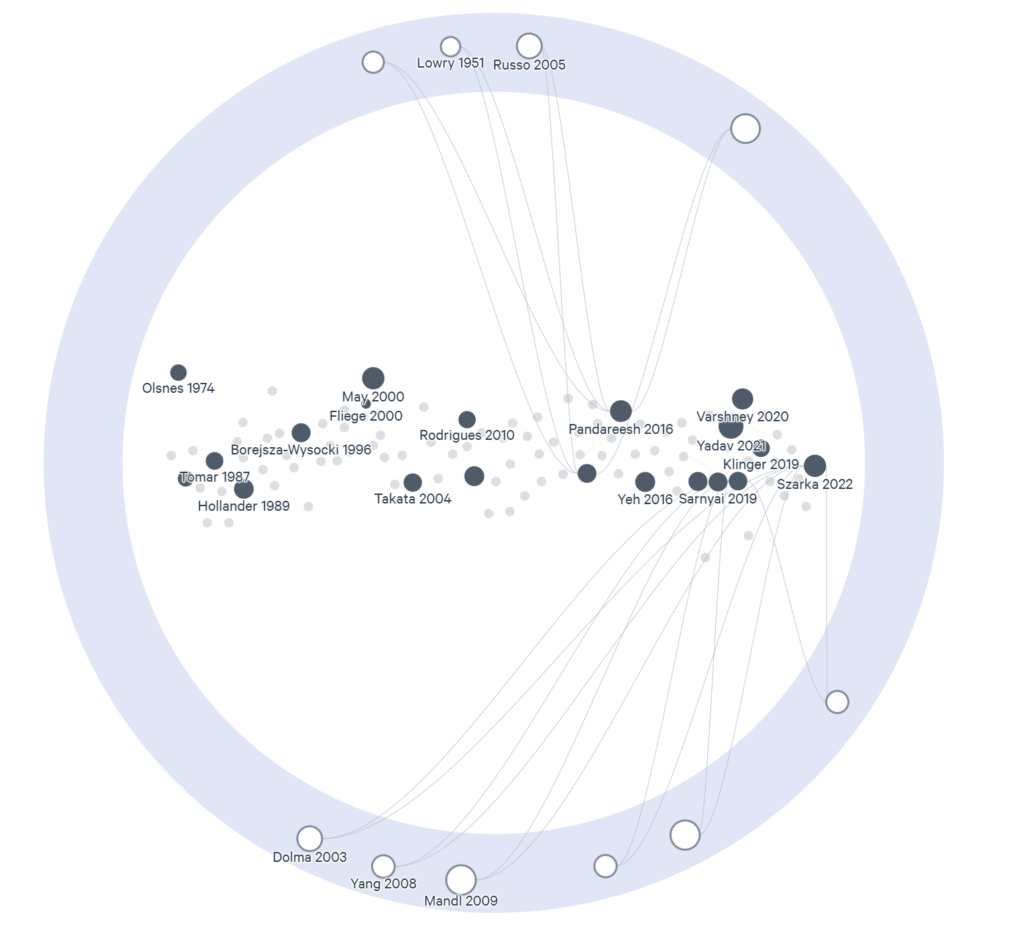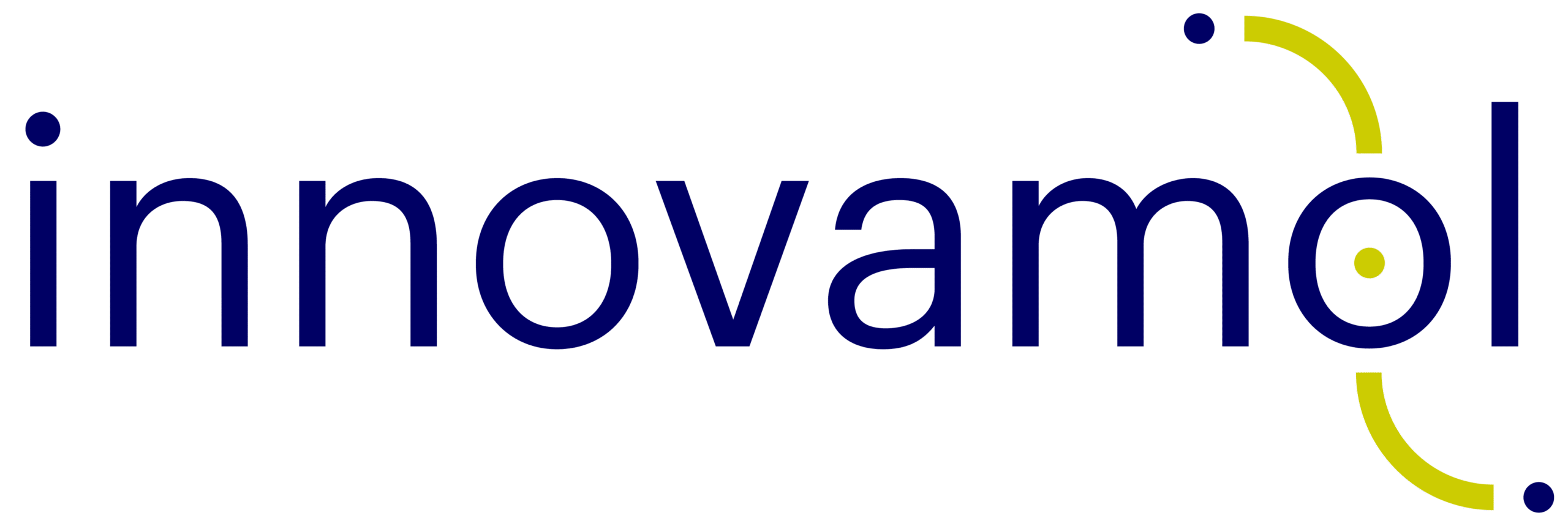In the vast ocean of scientific literature, identifying key documents covering a specific topic can be challenging and time-consuming. This is where citation mapping tools come into play, offering a solution by helping stakeholders to identify all the relevant information.
These tools can use artificial intelligence and machine learning algorithms to find similar articles based on the relevant seeds identified during the literature search. The process is iterative: the requestor can recurrently select relevant papers among search results, which are then used to refine subsequent searches. This approach allows the creation of a literature “map” ensuring a comprehensive coverage of the subject matter. Unlike the traditional “snowball method” that relies on crucial references as starting points, citation mapping tools focus on similarities on a specific topic of reference, which is effective to filter out irrelevant citations. As a result, the ensemble of relevant documents expands while remaining focused on the topic of interest. Through this iterative and selective process, it is possible to cover quickly a vast amount of pertinent literature with relatively few iterations, with a reasonable certitude that nothing that is really relevant is missed. Interestingly, these tools can also reveal connections between research groups, mapping the structure of the scientific knowledge and highlighting significant publications and emerging fields of study.

In our work, we frequently use citation mapping tools, such as Research Rabbit, Litmaps and Elicit, to improve the comprehensiveness and accuracy of literature reviews. Additionally, in our methodology we always leverage multiple academic databases such as Web of Science, PubMed or SciFinder but we also cover grey literature data with our own database. This approach ensures a broad and diverse collection of peer and non-peer reviewed documents.

Thus, citation-based mapping tools are not only important for tracing connections between different studies, but also to identify core works and their subsequent impact within a specific scientific topic.
“E pur si muove” – Galileo Galilei

